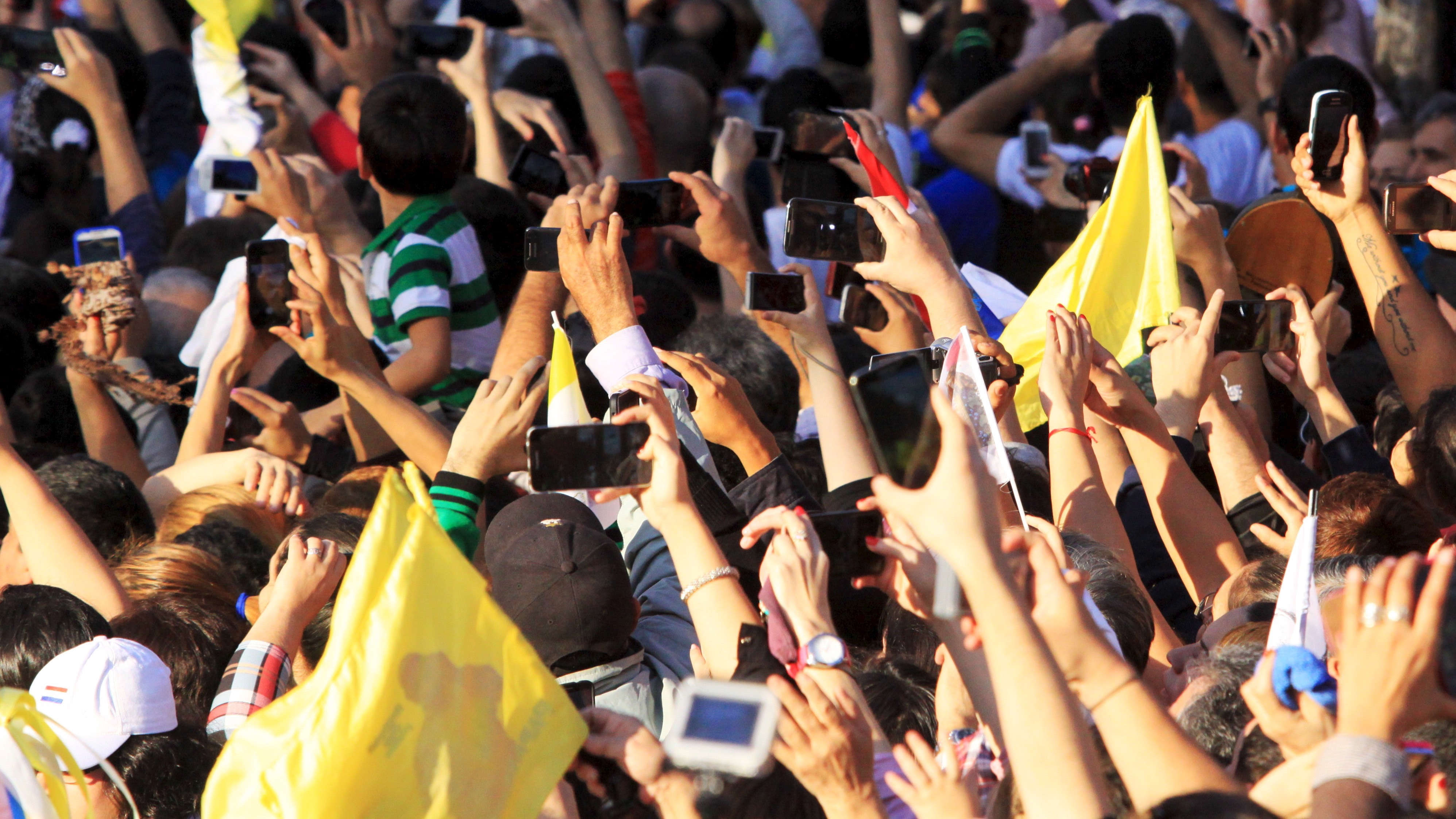Google Chief: I’d Disclose Smart Speakers Before Guests Enter My Home
After being challenged as to whether homeowners should tell guests smart devices — such as a Google Nest speaker or Amazon Echo display — are in use before they enter the building, Google senior vice president of devices and services, Rick Osterloh, concludes that the answer is indeed yes. The BBC reports:
“Gosh, I haven’t thought about this before in quite this way,” Rick Osterloh begins. “It’s quite important for all these technologies to think about all users… we have to consider all stakeholders that might be in proximity.” And then he commits. “Does the owner of a home need to disclose to a guest? I would and do when someone enters into my home, and it’s probably something that the products themselves should try to indicate.”
To be fair to Google, it hasn’t completely ignored matters of 21st Century privacy etiquette until now. As Mr Osterloh points out, its Nest cameras shine an LED light when they are in record mode, which cannot be overridden. But the idea of having to run around a home unplugging or at least restricting the capabilities of all its voice- and camera-equipped kit if a visitor objects is quite the ask.
The concession came at the end of one-on-one interview given to BBC News to mark the launch of Google’s Pixel 4 smartphones, a new Nest smart speaker and other products. You can read the full conversation on the BBC’s article.

